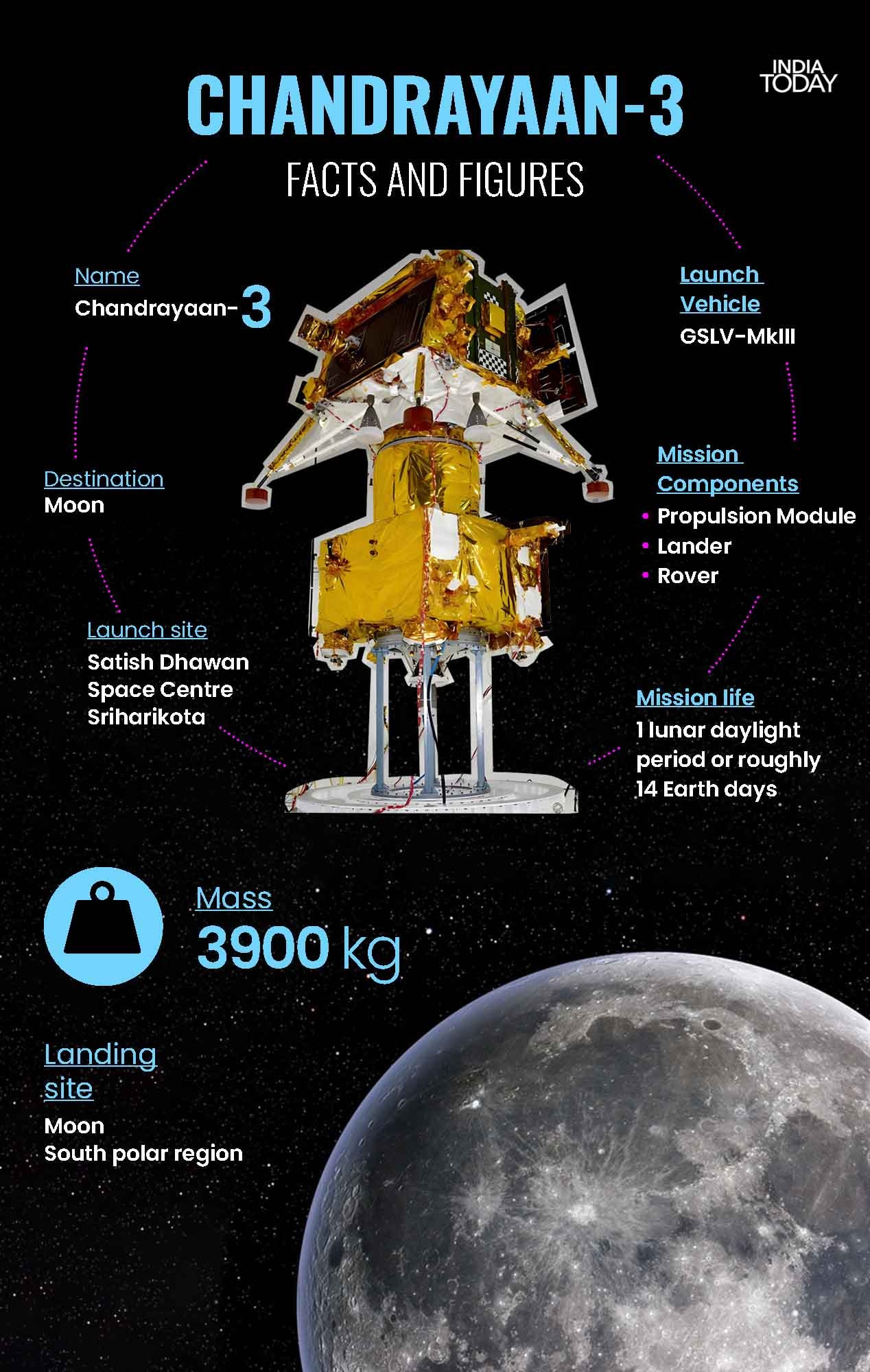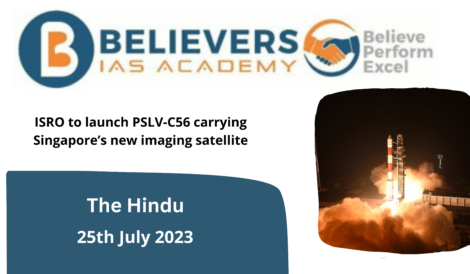VSSC unit to undertake system checkouts
Context :
The virtual launch control centre (VLCC) at the VSSC will have an important role to play in safely seeing off the powerful Launch Vehicle Mark-III (LVM3) — launch vehicle carrying the Chandrayaan-3 spacecraft.
What do we know about Vikram Sarabhai Space Centre?
- Establishment and Renaming: In 1962, the Thumba Equatorial Rocket Launching Station (TERLS), now known as the VSSC, was first built. In honor of Dr. Vikram Sarabhai, who is regarded as the founder of India’s space program, it was eventually given the new name Vikram Sarabhai Space Centre. The designation was intended to honor his leadership and contributions to the advancement of space exploration in India.
- Location: The Kerala state capital of Thiruvananthapuram is where the VSSC is situated. Its advantageous proximity to the equator allows for the best satellite launch trajectories.
- Research and development: The Indian Space Research Organization’s (ISRO) VSSC is a well-known research and development organization. Its main objective is the creation of rockets and spacecraft for the Indian satellite program.
- Indigeneous Development :The VSSC places a strong emphasis on indigenous rocket and spacecraft development. This strategy decreases dependency on outside sources while highlighting India’s independence in space technology.
- Contributions to Indian Space Missions: Satellite deployment, lunar missions, and extraterrestrial projects like the Mars Orbiter Mission (Mangalyaan) have all relied on the rockets and launch vehicles produced by the VSSC.
What are some of the key contributions from VSSC?
Families of Launch Vehicles: The VSSC was a key player in the creation of numerous launch vehicle families. These consist of:
- The Rohini and Menaka launchers, which are used to send tiny satellites into orbit, were developed with help from the center.
- The SLV, also known as a satellite launch vehicle, was India’s first homegrown satellite launch vehicle. Its creation and ensuing improvements have engaged the VSSC.
- The ASLV (Augmented Satellite Launch Vehicle), which was an improved SLV. The VSSC made a contribution to its creation and design.
- The PSLV (Polar Satellite Launch Vehicle) is a very dependable and adaptable launch vehicle that has helped put many Indian and international satellites into different orbits. Its development has been actively supported by the VSSC.
- The GSLV (Geosynchronous Satellite Launch Vehicle) is made to lift larger satellites into geostationary orbits. Its growth and development are thanks to the VSSC.
- Geosynchronous Satellite Launch Vehicle Mark III (GSLV Mk III): The GSLV Mk III is India’s most potent launch vehicle and is capable of transporting bigger payloads, including human missions. Its development has been significantly aided by the VSSC.
What is the role of VSSC in the mission Chandrayan 3?
- Chandrayaan-3: Chandrayaan-3 is India’s third lunar mission, with the objective of deepening surface exploration and research. It consists of the Lander and Rover, which are intended to land on the lunar surface and carry out scientific investigations, as well as the Propulsion Module, which provides propulsion and orbit control.
- Virtual Launch Control Center (VLCC): The VSSC is home to the VLCC, a virtual launch control center. It is a facility that permits launch vehicle remote system checks before a mission.
- Remote System Checkouts: Prior to the Chandrayaan-3 mission, ISRO can remotely perform system checkouts on the Launch Vehicle Mark-III (LVM3) using the VLCC at VSSC. The appropriate operation of numerous systems, including electronics, actuators, and commands, is confirmed during these checkouts.
- Launch Vehicle Mark-3(LVM3): The launch vehicle created and developed by VSSC is called Launch Vehicle Mark-III (LVM3), formerly known as GSLV Mk-III. The Chandrayaan-3 spacecraft will be transported there by it, facilitating its voyage to the Moon.
- Launch Command: The Satish Dhawan Space Centre in Sriharikota, the actual launch site, will issue the final launch command while system checkouts are carried out remotely from the VLCC at VSSC.





